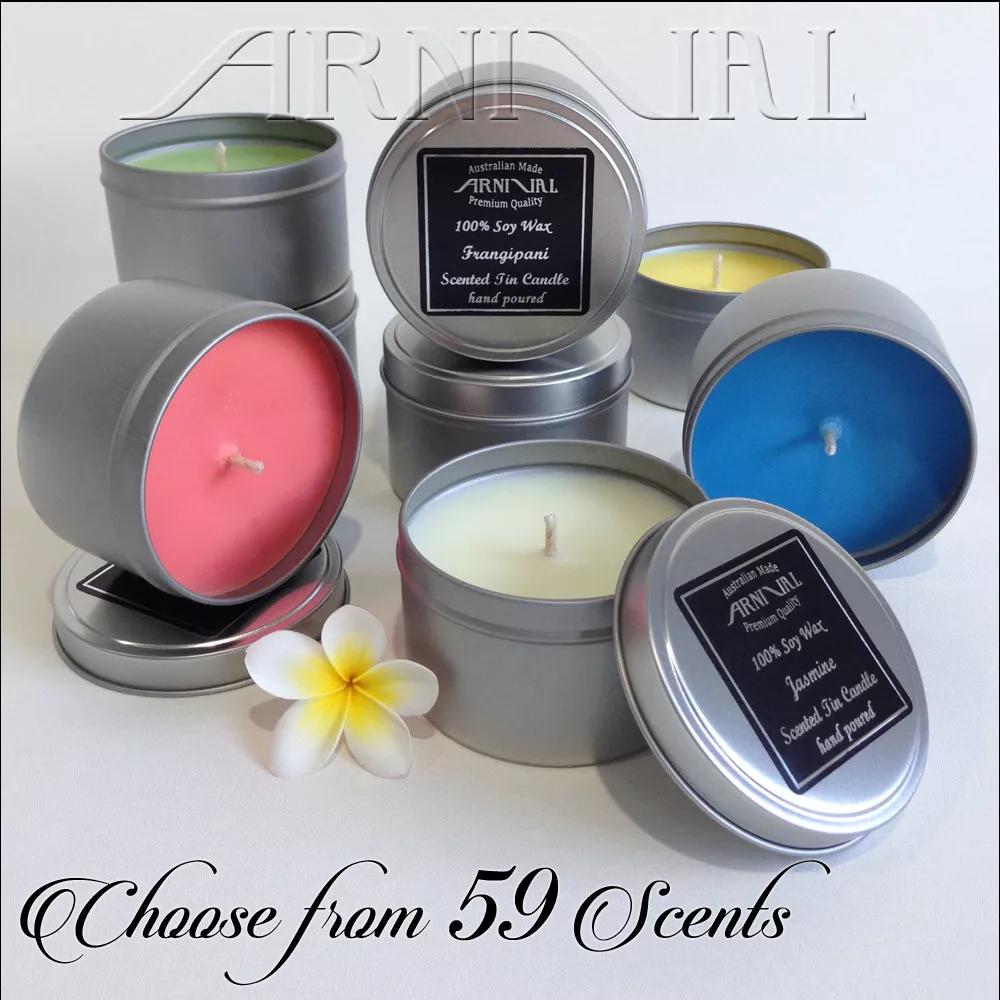From Wick to Wax: Understanding the Chemistry Behind Soy Wax Candles and Their Ecological Influence
As we brighten our spaces with the warm glow of candles, there lies a realm of elaborate chemistry behind the seemingly straightforward act of lighting a soy wax candle. The selection in between soy and paraffin wax prolongs past mere aesthetic appeals, delving right into the realm of environmental influence and the very make-up of the materials. Comprehending the molecular framework of soy wax and its burning process clarifies the emissions released right into our environments. Join us as we decipher the clinical details behind soy wax candle lights and discover their ramifications on our atmosphere.
Soy Wax Vs. Paraffin Wax
When comparing soy wax and paraffin wax for candle making, it is vital to comprehend the distinctive qualities and benefits of each material. Soy wax is a natural, sustainable source obtained from soybean oil, making it eco-friendly and environmentally friendly - soy candles. In contrast, paraffin wax is a byproduct of oil refining, which raises concerns regarding its environmental effect and sustainability
Soy wax candles burn cleaner and discharge much less residue contrasted to paraffin wax candles, making them a healthier option for indoor air quality. Furthermore, soy wax has a reduced melting factor, allowing for a longer-lasting candle light that disperses scent better. Paraffin wax, on the various other hand, tends to burn faster and less cleanly, potentially releasing damaging chemicals into the air.
From a sustainability perspective, soy wax is favored for its biodegradability and eco-friendly sourcing, lining up with the growing customer choice for environmentally aware items. While paraffin wax has been a traditional choice in candle light making because of its cost and ease of use, the change towards eco-friendly choices like soy wax is gaining momentum in the industry.
Chemical Make-up of Soy Wax

Burning Process in Soy Candles
The chemical make-up of soy wax directly affects the burning process in soy candles, affecting variables such as shed time, fragrance launch, and ecological impact. When a soy candle light is lit, the heat from the flame melts the wax near the wick. This fluid wax is then formulated the wick as a result of capillary activity. As the liquid wax gets to the flame, it undergoes and evaporates burning. The combustion process involves the vaporized hydrocarbons in the wax responding with oxygen in the air to produce warmth, light, water vapor, and co2.
The combustion effectiveness of soy candles is influenced by the purity of the soy wax and the top quality of the wick. A read the article clean-burning soy candle with an effectively sized wick will certainly decrease and create a consistent flame soot formation. This not only expands the melt time of the candle yet likewise boosts the release of scents. In addition, soy wax candles have a reduced environmental impact compared to paraffin candles as a result of their sustainable and biodegradable nature.

Environmental Advantages of Soy Wax

Taken into consideration a lasting alternative to traditional paraffin wax, soy wax provides noteworthy environmental benefits that make it a popular option amongst eco-conscious consumers. One significant advantage of soy wax is its eco-friendly sourcing. Soy wax is acquired from soybean oil, which is primarily cultivated in the USA. The farming of soybeans helps sustain local farmers and minimizes the reliance on non-renewable nonrenewable fuel sources made use of in paraffin wax production. Additionally, soy wax is biodegradable, implying it breaks down naturally without releasing hazardous contaminants into the environment. This particular makes soy wax candles a much more ecologically friendly choice contrasted to paraffin wax candle lights, which are made from petroleum, a non-renewable resource. Additionally, soy wax burns cleaner and produces much less soot than paraffin wax, adding to better indoor air top quality and minimizing the requirement for cleansing and upkeep. In general, the ecological benefits of soy wax straighten with the expanding need for sustainable and environmentally friendly products in the marketplace.
Recycling and Disposal Considerations
Recycling and correct disposal of soy wax candle lights play an essential role in maintaining environmental sustainability and reducing waste in families and communities. When it involves reusing soy wax candle lights, the initial step is to make sure that the candle has burned entirely. This can be achieved by enabling the candle to burn until the wick is no longer usable, and afterwards letting the remaining wax cool and strengthen. As soon as the wax has strengthened, it can be very carefully removed from the container.

In you can look here regards to disposal, if recycling is not an alternative, soy wax candle lights are biodegradable and can be securely taken care of in the majority of household waste systems. However, it is constantly recommended to contact neighborhood recycling facilities or waste click here now management solutions for details guidelines on candle disposal to make certain proper handling and environmental protection.
Final Thought
Finally, the chemistry behind soy wax candle lights exposes their ecological advantages over paraffin wax candle lights. Soy wax, obtained from soybean oil, burns cleaner and creates much less soot when compared to paraffin wax. The burning process in soy candle lights is extra effective, resulting in a longer and much more even shed. Additionally, soy wax is sustainable and biodegradable, making it an extra lasting choice for candle manufacturing. Recycling and correct disposal of soy wax candle lights better add to their ecological effect.
When comparing soy wax and paraffin wax for candle light production, it is crucial to understand the distinct characteristics and benefits of each product (crystal soy candles).Soy wax candle lights shed cleaner and produce much less soot compared to paraffin wax candle lights, making them a much healthier option for interior air quality.Thought about a sustainable choice to conventional paraffin wax, soy wax uses noteworthy environmental benefits that make it a prominent option amongst eco-conscious consumers. Soy wax burns cleaner and produces less residue than paraffin wax, contributing to much better indoor air quality and minimizing the need for cleansing and upkeep.In final thought, the chemistry behind soy wax candle lights discloses their ecological advantages over paraffin wax candles